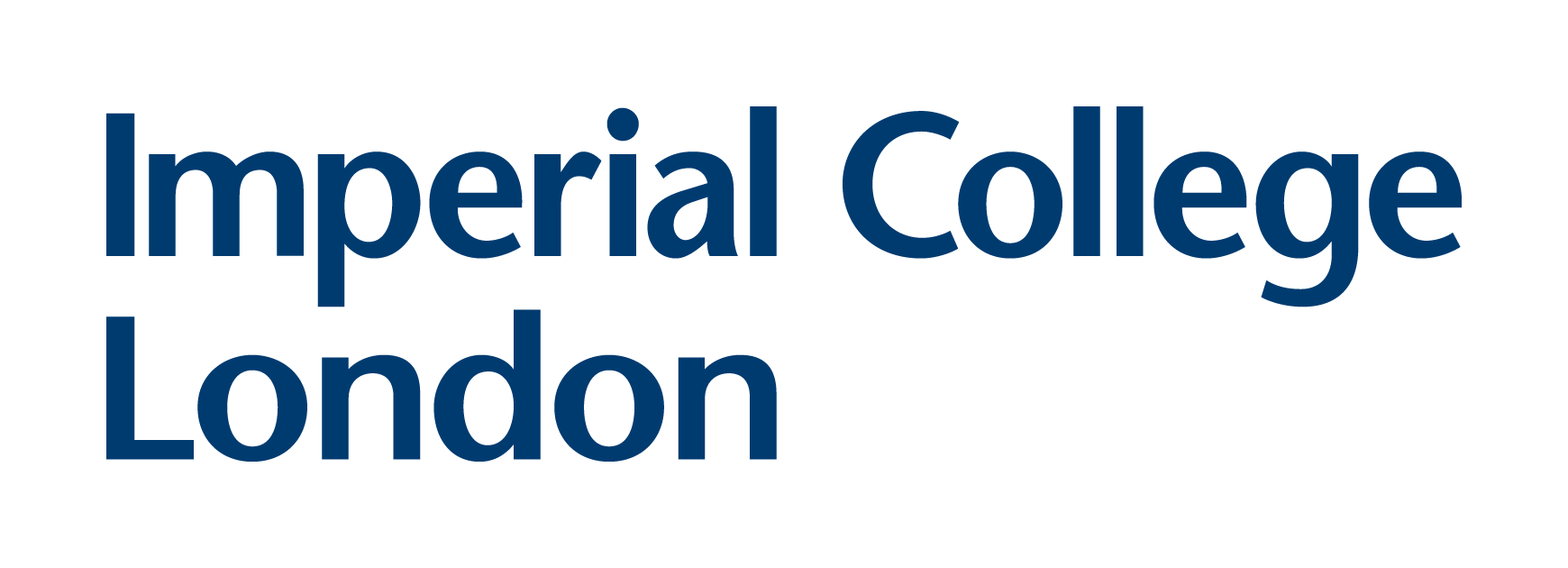Friday 16th May 2025, Royal College of Physicians, London.
Chaired by Professor Tom Bourne, Professor of Gynaecology, Imperial College London.
-
Programme
Friday 16th May 2025 : Download Programme Here
*All programmes are subject to change, a final programme with be available shortly



